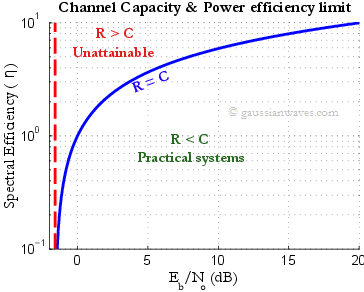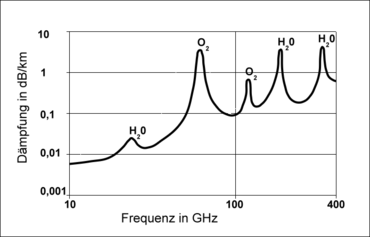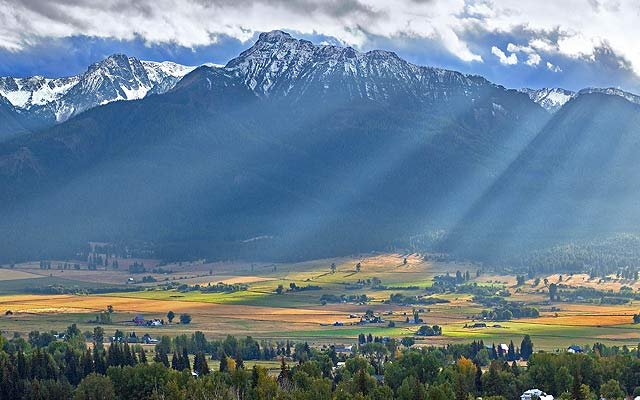Today in the US, the FCC announced that it was opening up over 10Ghz of wireless spectrum in the upper microwave bands, above 28Ghz. This is a win for multiple industries, as it includes both licensed and unlicensed blocks.
To get a sense of what they've done here, let me go into a few details.
http://www.fiercewireless.com/tech/story/fcc-oks-sweeping-spectrum-frontiers-rules-open-nearly-11-ghz-spectrum/2016-07-14
In general, the higher you go in frequency, the more data you can pack into each slice of spectrum.
(There is an upper limit to what you can pack into each slice, which is described in Shannon's Law)
Now you can get pretty deep into this, technically speaking. But for simplicity, we'll just say that there are trade-offs with higher frequencies. Higher bands are better for faster speeds, but as you go higher, you lose range due to the atmosphere absorbing your signal (attenuating it).

To understand the FCC's decision to open up this spectrum, let's use this graph to look at what they've done. They have released a big chunk of licensed spectrum in the 28-38Ghz area, which will be auctioned off to cell companies. This isn't too attenuated by atmosphere, and is just above the area where water dampens your signal (around 24Ghz) as shown in the graph. This will be good for longer range service to mobile handsets, and is perfect for 5th-generation wireless service planned for around 2020-2024.
The unlicensed chunk they've opened up, at 64-71Ghz, is pretty affected by the atmosphere which will make it fairly short range, probably about 1-2 miles at most. This band is the most exciting for me, as it will make some pretty awesome things possible for me and my little 2-man independent ISP.
Right now, we can deliver 20-30Mb using our several-year-old wireless equipment, and are in the process of cranking things up to 100Mbps to people's homes using the new 5Ghz AirMAX-AC equipment from Ubiquiti. That's pretty good, considering that many spots we cover were stuck with 5Mb satellite service before we got started. We're pretty excited, a small company being able to provide this sort of service to a rural area.
But this new 60Ghz spectrum will let us go to 1000Mb and beyond at shorter ranges, in the small towns we serve. I've started to work on a micro-cell type of system that will let us dump massive amounts of bandwidth into these little towns. And I'm just one out of hundreds of small ISPs planning on doing this. That means, rural life is about to get bandwidth-rich and super-connected beyond what many cities have to offer. Living the country life no longer means being disconnected from opportunity and employment

Beats working in a cubicle in between rush-hour camp-outs, hmm?
Wow. Just learned a lot there... how does this compare to here in Chile? Is there any such legal limitation for you to contend with?
Chile typically adopts FCC regulatory regime, so we'll see this spectrum opening up there as well. Also, it'll help keep cell companies off the 5Ghz band, which is the Wireless ISP workhorse.